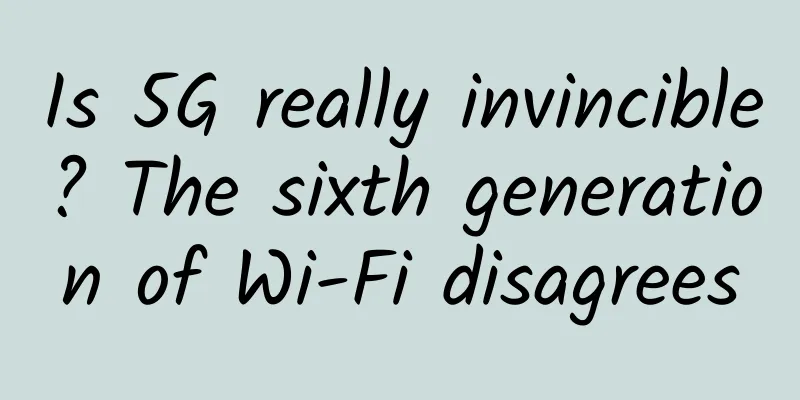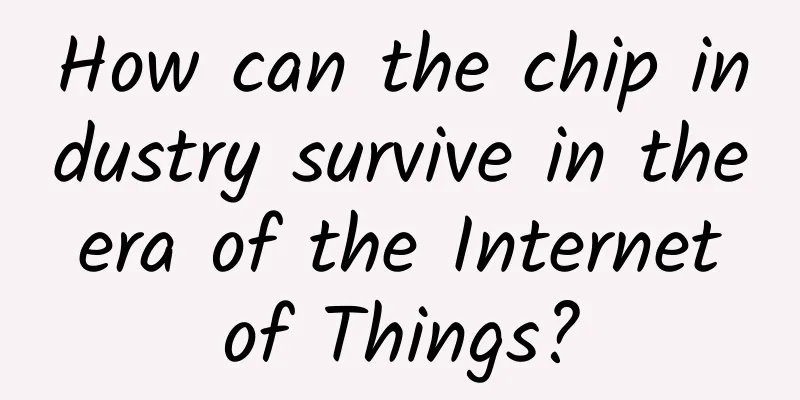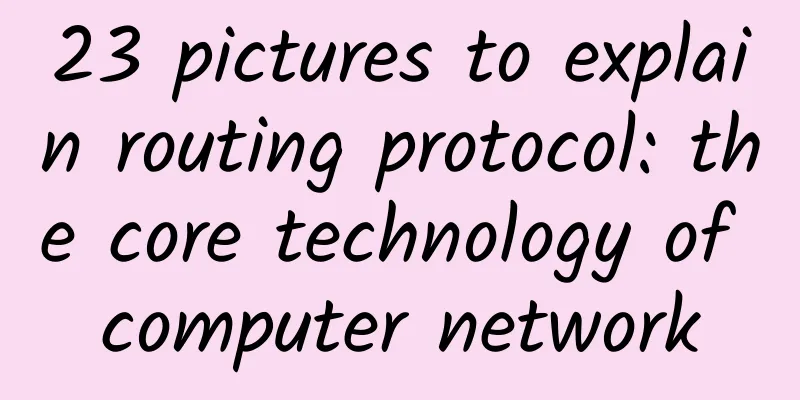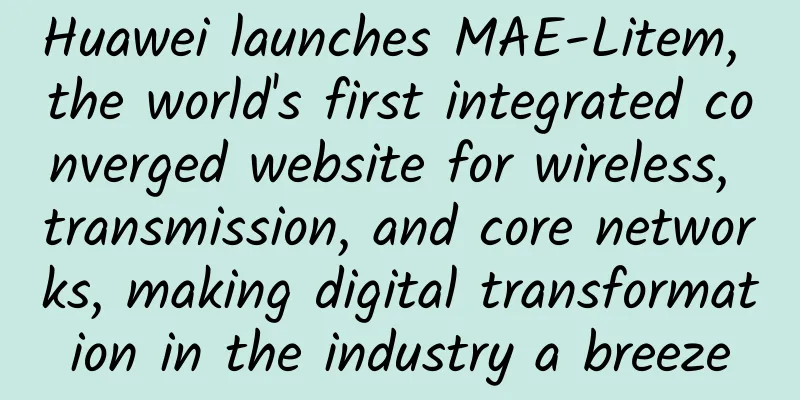What are the uses of 5G? How does 5G work?
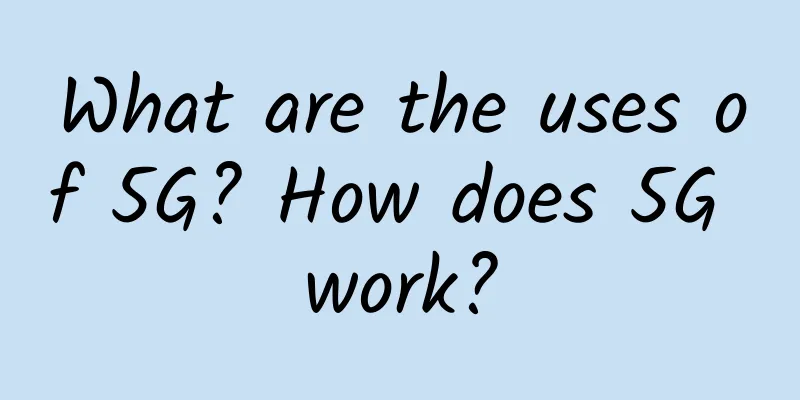
|
5G is the present and the future, the next generation of mobile networks, and the “highway” for innovation and technological development. Whether it is healthcare, security, leisure or travel, all areas are improved by the power it provides. More power, faster speeds and lower latency. These three characteristics make the fifth generation of mobile networks essential for building a more efficient and equal future. Understanding what 5G is, what it is used for and how it works will help us understand the current technological developments and what we can expect. What is 5GThis fifth generation mobile network is actually an improved and enhanced version of the previous generation 4G network. Businesses and individuals can benefit from its efficiency because its capacity is a thousand times that of what the infrastructure in 2010 was able to provide. In addition, its speed can reach 10gbs, and it reduces latency (the time delay in network transmission) from the 200 milliseconds provided by 4G to milliseconds in the next generation, while 5G provides a perception of zero latency. These capabilities can connect more than 7 billion people and 7 trillion devices. Thanks to this powerful connection, other technologies such as Big Data or the Internet of Things can be developed, and even the average time to create a connected service has been reduced from 90 hours to 90 minutes. In this way, the company is able to bring a wide range of services and applications to more people and businesses more securely and cost-effectively. In 2020, when the coronavirus health crisis broke out across the globe, countries were able to make progress because telecommunications enabled connectivity to ensure key aspects such as remote work and telemedicine. The pandemic accelerated digital transformation, and what would have taken more than five years was completed in just one year. The 5G network deployment process, which had already begun, paved the way for this acceleration. What is 5G used for?The technology can support the growing number of connected devices, particularly in large urban centres, which was a big help in the early months of the lockdown. But what can 5G really be used for? Connected cars, smart cities, Industry 4.0, telemedicine, streaming broadcasts, e-sports, etc. For example, the latest generation of mobile networks is able to provide solutions for new mobility and planning needs in cities. Smart cities are being developed in full swing, aiming to improve the quality of life in urban centers and provide quality services in a sustainable and safe way. Elements such as connected cars, smart buildings, management of public spaces or use of natural resources in large cities are optimized in real time, among others that are already in operation. The healthcare sector has expanded with the development of telemedicine, which has now reached more places, such as rural areas around the world. In addition to being able to perform diagnoses and even operations remotely, the use of other technologies such as big data has made it possible to provide fast and accurate diagnoses within minutes. 5G is also revolutionizing the industrial sector thanks to the Internet of Things. Smart factories are now a reality. Machines are connected to each other and to people, which increases factory safety because the most dangerous tasks are automated, increases and adjusts productivity in real time according to demand, reduces machine accidents because it enables the introduction of preventive solutions to avoid machine downtime due to technical failures, and decentralizes factories. Work, education and leisure have also changed. Remote working has become common. We can now stay in touch with colleagues or loved ones because connectivity blurs the boundaries of time and place. 5G networks can also enable live broadcasts of sports events and performances, new ways to visit museums and travel to other worlds and other times, as well as virtual reality and artificial intelligence capabilities, among many other possibilities. How the next generation of mobile networks worksWe have just seen what 5G is and what it is used for, but we can also see how it works. 5G networks are able to minimize transmission power, thereby optimizing electromagnetic field levels and ensuring the lowest power consumption of 5G devices to complete successful communication, saving up to 90% of energy. While 4G networks transmit at frequencies between 800 and 1,800 MHz, 5G uses frequencies between 700 MHz and 3.5 MHz and relies on LTE networks, a wireless connection technology that also offers high speeds and stability. To support this, a new, efficient and advanced radio architecture has been designed through the use of massive MIMO antennas, which helps to minimize 5G network transmissions and adapt to business needs. This is possible, among other things, because the antennas provide coverage only where it is needed. The birth of 5GThe 5G network strengthens the capabilities of the previous generation, 4G/LTE. The fifth generation began to take its first steps in Brussels in 2018, the same year Telefónica began to develop some important interconnection projects in different cities. Thanks to its powerful capabilities, this innovative network gradually improves communications and all the services that support these infrastructures, now offering ultra-fast connections in more than 80% of the Spanish territory. The aim is to improve the capabilities of 4G and, if necessary, switch off 4G to benefit the fifth generation. To fully tap the potential of this network, manufacturers of 5G end devices and new equipment have been introducing improvements to increase efficiency and enable access to the network. These devices ensure that they comply with exposure limits and are safe devices. The fact that we’ve gone from connecting other people to connecting everything around us, everywhere and at all times, pretty much sums up what 5G is and what it’s used for. |
<<: Five network management trends for 2022
Recommend
ProfitServer: 50% off VPS in Hong Kong/Singapore/Russia/Spain/Netherlands/Germany, starting from $2.88 per month for unlimited traffic
ProfitServer recently offered a 50% discount on s...
How to solve the voice delay problem after core network upgrade
picture After an operator upgraded its core netwo...
GSA: More than 100 commercial 5G networks launched worldwide
On September 25, according to foreign media repor...
5G is here, and so is mainstream adoption for industrial IoT startups
Making machines communicate with humans is the be...
Ranking of JavaScript open source projects in September
[[428048]] The ranking of the most popular JavaSc...
ServerGigabit: Malaysia VPS monthly payment starts from US$9.59, 100M unlimited traffic
I received two emails from ServerGigabit. The mer...
TCP: Three-way handshake and four-way wave, no blind spot answer in the interview
picture What is TCP Before understanding the thre...
edgeNAT September Promotion: 20% off for monthly VPS and 30% off for annual VPS starting from 48 yuan/month, in the US/Hong Kong/Korea data centers
edgeNAT has launched a promotional event for the ...
Hostodo: $24.99/year-2GB/20G NVMe/5TB/Las Vegas, Spokane, and Miami data centers
Hostodo has launched a February Special Deal prom...
10,000-word article on HTTPS, no more panic in interviews!
The HTTP protocol only establishes the standard f...
Huawei's Li Peng: Accelerate the prosperity of 5G and its evolution to 5.5G, and accelerate the move towards an intelligent world
From February 27 to March 2, MWC 2023 (2023 Mobil...
Wi-Fi vs. Ethernet: How Better Is a Wired Connection?
Wi-Fi is obviously more convenient than wired Eth...
XSX: $47.9/year-1GB/20GB/600GB/100-500Mbps/Japan & Singapore & Hong Kong CN2 optional
XSX is the original PZEA renamed. The merchant ha...
Where does the strength of 5G factories that “take over” 5G+Industrial Internet come from?
In order to accelerate the industry's quality...
China's 5G smartphone shipments reached 108 million units, but how many people use 5G?
my country has always been the world's larges...

